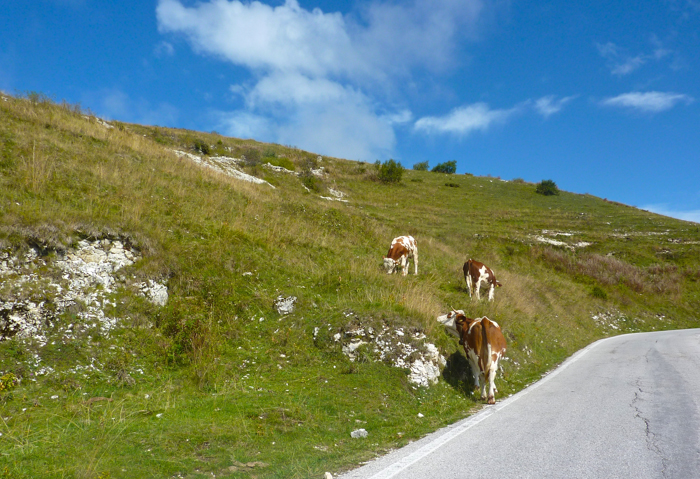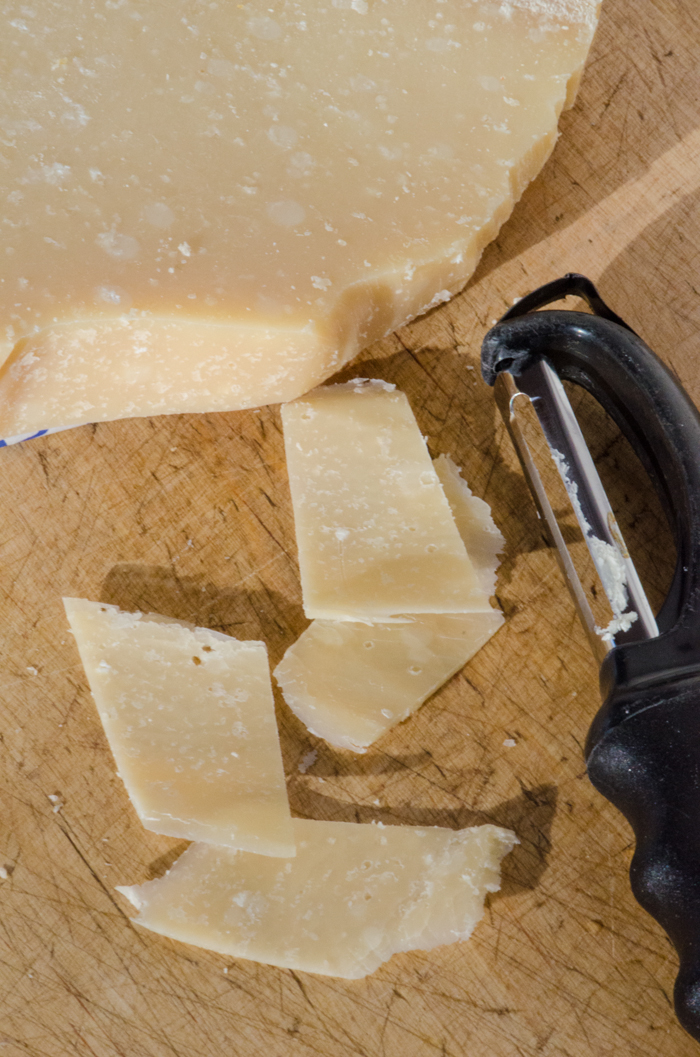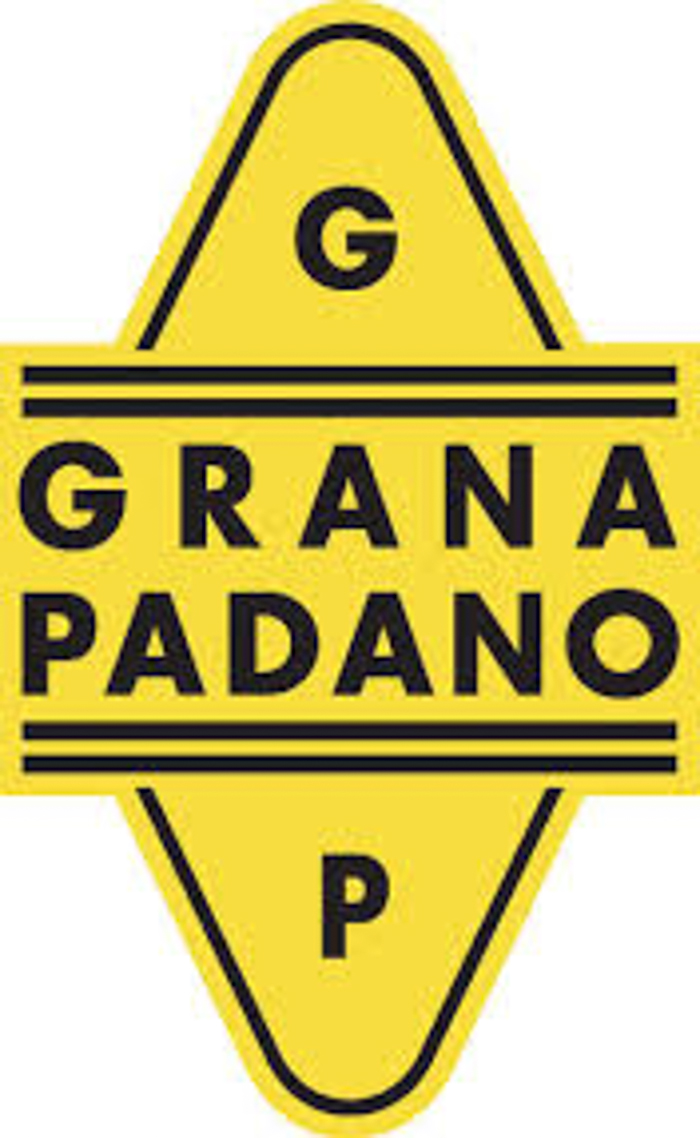The most important cheese produced in Northern Italy is Grana Padano. It is produced all along the Po Valley, from Lombardia to the Veneto and into Trentino Alto Adige, where it is called Grana Trentino. Its origins date to around the 11th century, when Cistercian monks from the Chiaravalle Abbey near Milan began to drain the surrounding swamp land to use for agriculture and cultivation. Cattle farms appeared on this newly available, very fertile pastureland. These pastures provided exceptional quantities of new forage for the cattle, and soon the many cattle were producing much more milk than could be used on a daily basis. The farmers needed some way of utilizing or preserving the milk that was not immediately consumed.

The monks happened upon a method of turning the perishable milk into a hard rind cheese that actually improved with a long period of aging. The cheese created by the method discovered by the monks became very popular, and by the 15th century production had spread throughout northern Italy, with Vicenza in the Veneto becoming a major production area where considerable cattle farms were producing large quantities of milk. Trade records of the 15th and 16th centuries record the exchange of this cheese, which became very popular in the cuisine of the region.
Grana Padano cheese is still produced in much the same way. It is manufactured from cow’s milk from the two milkings, drawn early in the morning and late in the day of the same day, then partially skimmed by allowing the cream to rise to the top. The milk is then transferred to a copper pot which holds enough milk for two cheeses.

Rennet is added, and It is heated slightly to encourage coagulation. The curds are cut into very small pieces, and then it is cooked twice. The cooked curds are removed using cloths and placed into two moulds. These moulds are turned over several times and then salted in a brine bath for 28 days. After brining, the rounds are ripened and aged in a temperature and humidity controlled environment for 12 to 36 months, where they are checked, cleaned, and turned over regularly.
After aging, the cheese has a dark yellow or golden brown rind which is hard, smooth and thick. True Grana Padano must bear the mark of the Grana Padano Consortium. Grana Padano from Trentino, and from Trentino only, can additionally be marked with its place of origin. The body of the cheese is straw-yellow, flaky, and granular, with no holes. It can be used for grating, or as a table cheese.

In 1996, Grana Padano cheese was classified as a DOP (Denominazione di Origine Protetta). This designation assures the consumer that the cheese has been produced according to specific standards regulating the raw ingredients (breed of cows, where they graze, what milking are used), production process and aging procedures. If the cheese meets these strict quality standards, the rind is fire branded with the mark of the Consortium for the protection of Grana Padano.


